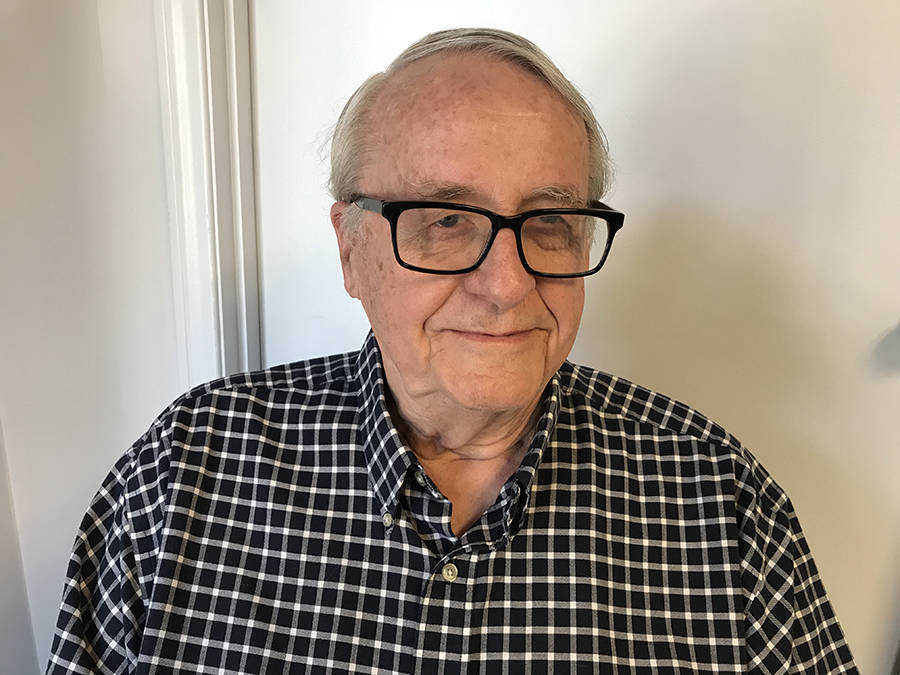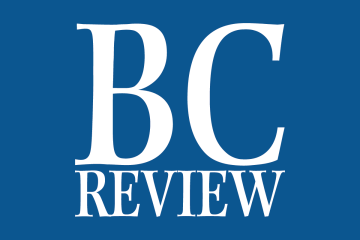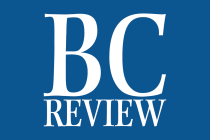Test site tour offers blast from past
What exactly is that north of Las Vegas? Yucca Mountain, where the feds want to dump everybody else’s nuclear waste?
Area 51, where little green men might still be landing saucers? Or the Nevada National Security Site (formerly the Nevada Test Site)?
My wife, Amy Garcia, and I had the chance to find out in what was perhaps the most informative day we’ve ever spent on a bus. The short answer is: All three are there, although very separate entities. The one we explored was the test site, which is no longer called that, having been renamed two years ago. It’s 1,360 square miles of Nye County desert owned by the Bureau of Land Management and leased to the Department of Energy.
For those who have watched 1950s news reels, the shocking images of American towns being blown to smithereens might be the best way to visualize what this was about. Created in 1950, after the Soviets got the A-bomb, too, the first efforts at the test site were for scientists to better understand what a nuclear blast would actually do on the ground.
That had dual purpose: to improve our own weaponry, e.g. what was the optimal size, or drop height, for a bomb, as well as to improve our ground defenses by learning how to build structures to best survive a blast. A 6-inch concrete dome had great survivability, but a 4-incher was toast. Units covered with earth did best of all.
To do this, they built staged towns with buildings of different construction at varying distances from ground zero and populated those towns with live pigs (skin similar to humans), mannequins in differing clothing (donated by J.C. Penney), food stuff and all aspects of everyday life. Many structures and ruins remain to be seen.
They did 14 staged destructions in nine years after 1953. In total, they exploded 928 atomic bombs at the test site. The first 100 were “atmospheric,” meaning they were dropped from a plane or from a ground-based tower. After the international ban on atmospheric testing, another 828 were detonated underground, which left slumping craters all over the place.
On Google Earth, head to Mercury, and a few screen inches north northeast of there is a large white circular area with the name of Frenchman’s Flat. You will see hundreds of dark circles identifying the visible remnants of these ground “shots.”
From the tour bus to the site, these vary in size and depth. One was discovered last year that had seen a detonation 40 years ago, but ground did not collapse until just recently.
Relentless testing of all sorts continues to prove there is no radiation danger anywhere on the site.
Some of the sights we saw included the varicolored mountainous scenery, which is simply wonderful, and the pink port-a-potty that was dedicated to Cheryl, our uber-knowledgeable tour guide, when she was a young lady working in the field 40-plus years ago.
We drove through the field where the Radioactive Waste Management Complex carefully disposes, by direct burial, the weapons-related nuclear material from our other government agencies. The tour guide didn’t mention that they were already burying other states’ radioactive waste there.
Those who lived in Boulder City in the ’50s and ’60s could certainly relate memories of the nuclear testing days. A friend of ours, Sandy Christiansen, recalls the early atmospheric tests since her father worked there, preparing the fake towns for blasting. That was a very long commute that many locals undertook, including her son. They took buses dedicated to this run over single-lane roads and had a pillow along with their lunch pail.
Sandy didn’t think the testing was a big concern here because people didn’t realize the risks of radiation then and they did need jobs. She tells about a few times when her mother drove them up over the Railroad Pass at night and parked. Suddenly the night turned to noon.
Another local told us about the underground testing era when they would set off one or two a week around dawn and the earth would shake here.
To take the tour, contact the National Atomic Testing Museum. It’s free, but there’s a yearlong waiting list. They run only on Tuesdays.
Dave Nelson retired to Boulder City in 2003 after a career with the FICO score company. He is vice president and newsletter editor for the local Sons of Norway.







